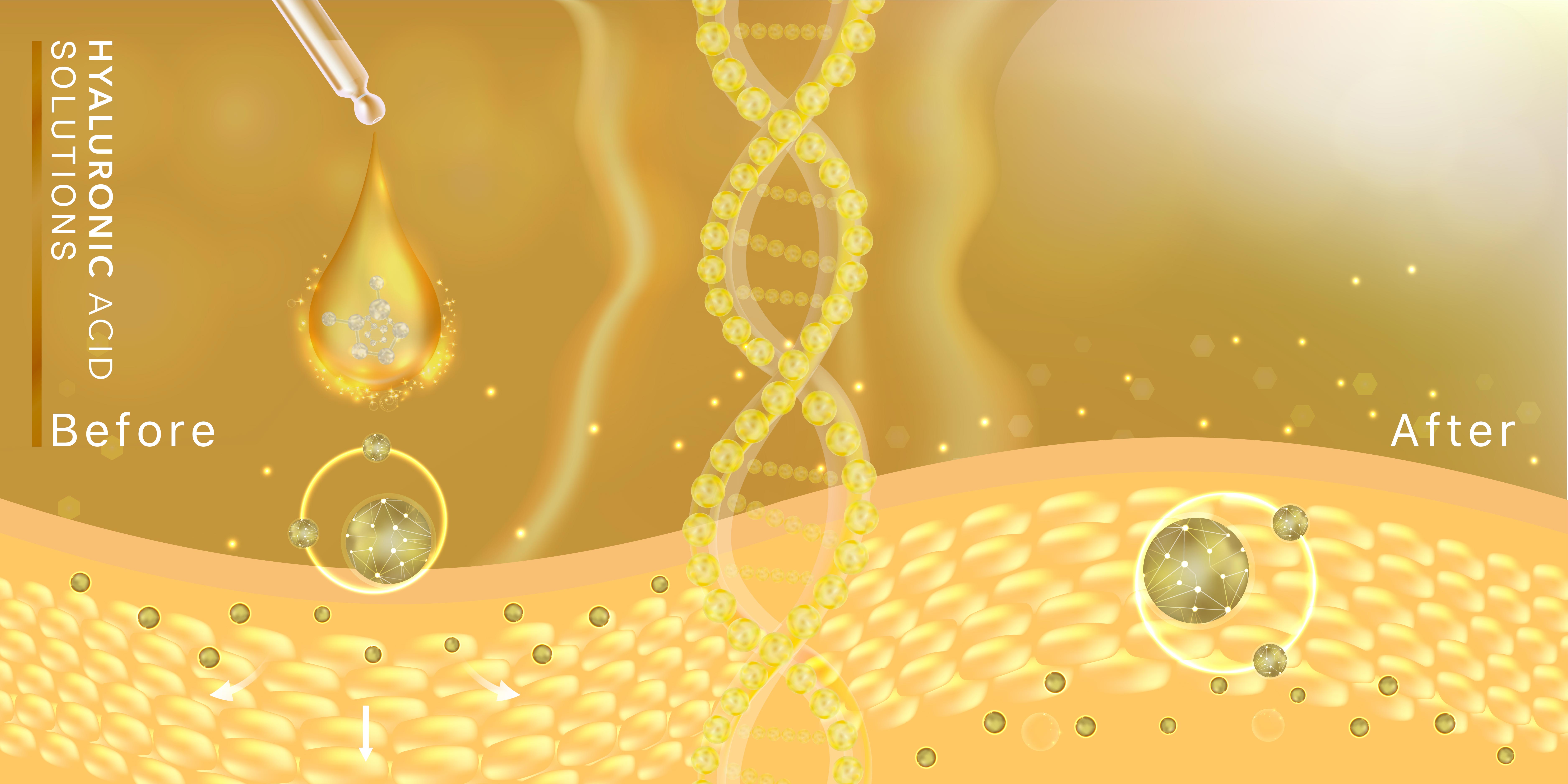Dermal Toxicity

The drug development and discovery also need acute toxicity tests for skin irritation, corrosion and sensitization, for which our expert scientists create models. We have 3D skin models that check the epiderm and episkin testing process and the chemico assay that enables skin corrosion classifications. Silica models are used to identify corrosion, irritation, and sensitization. Whether topically applied or exposed to chemicals and drugs through in vitro assays.
The use of a sensitizing agent with host proteins to check on hypersensitivity reactions caused by sensitizers as they bind as small molecules to the proteins. They become immunogenic and activate the immune system, causing inflammation in the localized area. Using in vitro assays allows for a tiered approach and enables screening. We also provide an integrated testing strategy that involves various skin assays.
Stellixir Biotech's In Vitro Skin Assays
- In vitro irritation using 3D reconstructed human epidermis models (OECD 439)
- In vitro skin corrosion using 3D reconstructed human epidermis models (OECD 431)
- Phototoxicity assay using BALB/c-3T3 cells
- Skin sensitization assay using KeratinoSens cell line (OECD 442D)
- Skin sensitization by directing peptide reactivity assay (OECD 442C)
Markers For Sensitization for Derma Toxicity.
HaCaT cells provide great test results on the first screening, which drug development companies use. The entire process is carried out by immortalized HaCaT cell line. This procedure well understands the extent of epidermal compound exposure. It allows the drug developer to cut costs and allows for testing multiple compounds in a human keratinocyte model before testing on a primary cell model or animal study.
